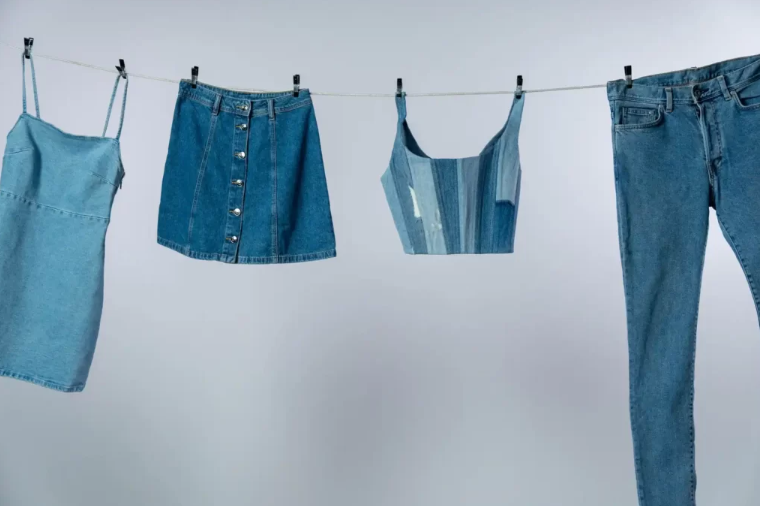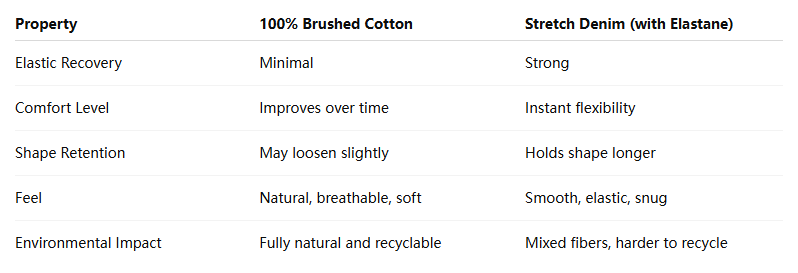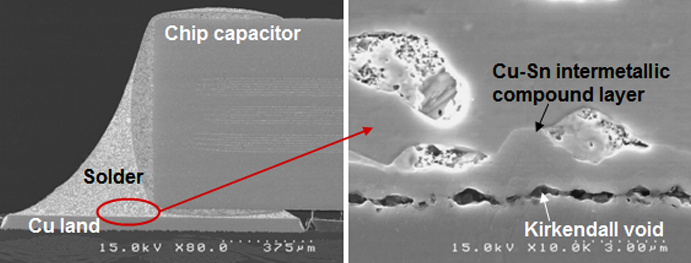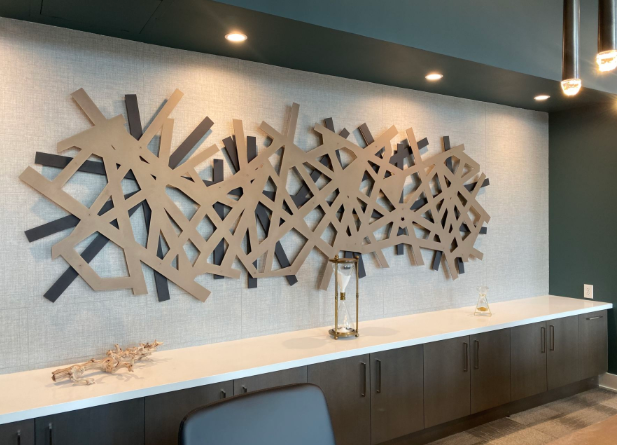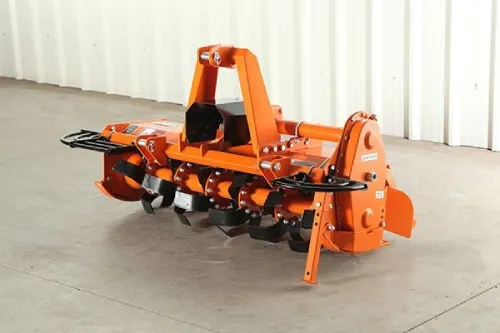Door hinges may seem like small hardware components, but they are among the most critical elements that ensure doors function properly, remain secure, and stand the test of time. Whether for residential homes, industrial facilities, or commercial buildings, the choice of hinge material plays a vital role in durability, safety, and aesthetics.
One of the most common questions builders, architects, and homeowners ask is: ‘Are stainless steel hinges better?’ The answer is not simply yes or no—it depends on the application. However, customized stainless steel door hinge often outperform other materials in terms of strength, corrosion resistance, and versatility.
Why Material Matters in Door Hinges
The first factor to consider when choosing a hinge is the material. Hinges are commonly available in brass, mild steel, aluminum, or stainless steel. Each has its benefits and drawbacks, but stainless steel stands out as a reliable choice for long-term use.
Brass Hinges: Often used for decorative interior applications; however, they lack the strength and durability required for heavy duty doors.
Mild Steel Hinges: Strong but prone to corrosion, especially in humid or outdoor environments.
Aluminum Hinges: Lightweight, suitable for specific applications but not ideal for heavy doors.
Stainless Steel Hinges: Known for superior corrosion resistance, high load-bearing capacity, and suitability for both indoor and outdoor use.
When it comes to metal door hinges used on security doors, fire-rated doors, or heavy commercial entrances, stainless steel is generally the material of choice.
The Benefits of Stainless Steel Hinges
Stainless steel has unique properties that make it ideal for metal door hinge applications. Let's look at why these hinges are often considered better:
1. Corrosion Resistance
Unlike mild steel, stainless steel resists rust and corrosion. This makes hinges for metal doors in coastal areas, industrial zones, or humid environments last much longer without degradation.
2. Strength and Load Capacity
Heavy-duty doors require hinges capable of handling significant weight. Stainless steel hinges offer higher tensile strength compared to brass or aluminum, making them perfect for metal door hinges on industrial and commercial entryways.
3. Fire and Heat Resistance
Many metal door hinges must meet fire-rating standards. Stainless steel maintains structural integrity under high temperatures, which is crucial for fire doors in hospitals, schools, and office buildings.
4. Low Maintenance
Stainless steel hinges require minimal maintenance. Occasional lubrication is usually enough to keep them operating smoothly for decades, reducing replacement costs.
5. Aesthetic and Modern Design
Stainless steel offers a clean, modern appearance that blends seamlessly with contemporary architectural designs. For customized stainless steel door hinge solutions, finishes can be tailored to match the overall aesthetic.
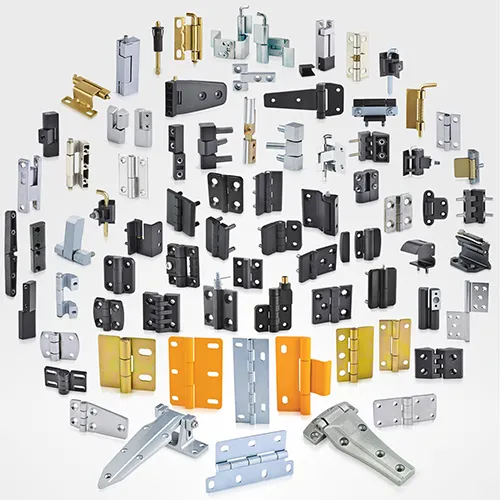
Comparing Stainless Steel Hinges With Other Metal Hinges
Are stainless steel hinges always better? The answer depends on the specific context.
For Interior Wooden Doors: Brass or mild steel may suffice since the environment is controlled and loads are lighter.
For Exterior or Metal Doors: Stainless steel is clearly superior due to its resistance to corrosion and higher strength.
For Specialized Applications: A customized stainless steel door hinge is often the best solution because it can be tailored for heavy loads, unusual door dimensions, or unique safety requirements.
In short, while other hinge types work in low-demand scenarios, stainless steel becomes essential for metal door hinge applications where safety and longevity are priorities.
Applications of Stainless Steel Hinges in Metal Doors
Stainless steel hinges are not limited to residential settings. They play a vital role in a wide range of industries and applications.
1. Security and Fire Rated Doors
Heavy duty hinges for metal doors are essential in high security environments such as banks, data centers, or government facilities. Stainless steel ensures reliability under constant stress and complies with fire safety regulations.
2. Industrial and Commercial Entrances
Factories, warehouses, and shopping centers often use large metal door hinges to handle traffic and heavy loads. Stainless steel ensures that these doors operate smoothly even under daily wear.
3. Exterior Residential Doors
For homes in coastal areas or regions with harsh weather, stainless steel hinges outperform mild steel or brass by resisting rust and maintaining their function for years.
4. Customized Architectural Projects
Modern architecture often requires unique hinge designs to support oversized or specially designed doors. In such cases, a customized stainless steel door hinge provides the precision, strength, and finish needed to achieve both functionality and aesthetics.
How to Choose the Right Stainless Steel Hinge for Your Doors
When selecting stainless steel hinges, consider these factors:
1. Door Type and Weight
A lightweight cabinet door does not need the same hinge as a heavy fire-rated metal door. Always match hinge strength to door weight.
2. Door Location
Exterior doors exposed to weather should always use stainless steel, while interior wooden doors may use lighter alternatives.
3. Safety and Standards
For fire rated doors, verify that the hinge meets international safety certifications. Filta's range of metal door hinges is designed with compliance in mind.
4. Customization Needs
For unique doors, a customized stainless steel door hinge may be the best solution. Tailoring size, load capacity, and finish ensures both performance and aesthetics.
Filta's Commitment to Stainless Steel Door Hinges
Filta has established itself as a trusted supplier of metal door hinges that combine durability with modern design. Their product line includes standard and customized stainless steel door hinge solutions, designed to meet the strict requirements of commercial, residential, and industrial applications.
Every Filta hinge undergoes rigorous quality control, ensuring that their hinges for metal doors perform consistently under heavy use. By focusing on both performance and aesthetics, Filta supports architects, builders, and homeowners in creating long-lasting, safe, and modern door systems.
So, are stainless steel hinges better? The answer is yes—especially for metal door hinges that require durability, resistance to corrosion, and compliance with safety standards. While brass or mild steel hinges may work for lighter or decorative doors, stainless steel is unmatched when strength, reliability, and longevity are priorities.
Whether you need hinges for metal doors in commercial buildings, residential exteriors, or customized architectural projects, stainless steel is the most dependable option. With customized stainless steel door hinge solutions, companies like Filta provide flexibility, ensuring that each project benefits from hardware tailored for maximum performance and modern design.
Ultimately, stainless steel hinges are more than just a ‘better' option—they are the foundation for safe, reliable, and long lasting door systems across industries.
Discover Filta's advanced metal door hinges, designed for the needs of modern living. With a sleek design and dependable performance, this customized stainless steel door hinge blends convenience with contemporary style for effortless daily use. Enhance your home with the Filta hinges for metal doors and experience seamless access, reliable security, and refined elegance at your fingertips.
